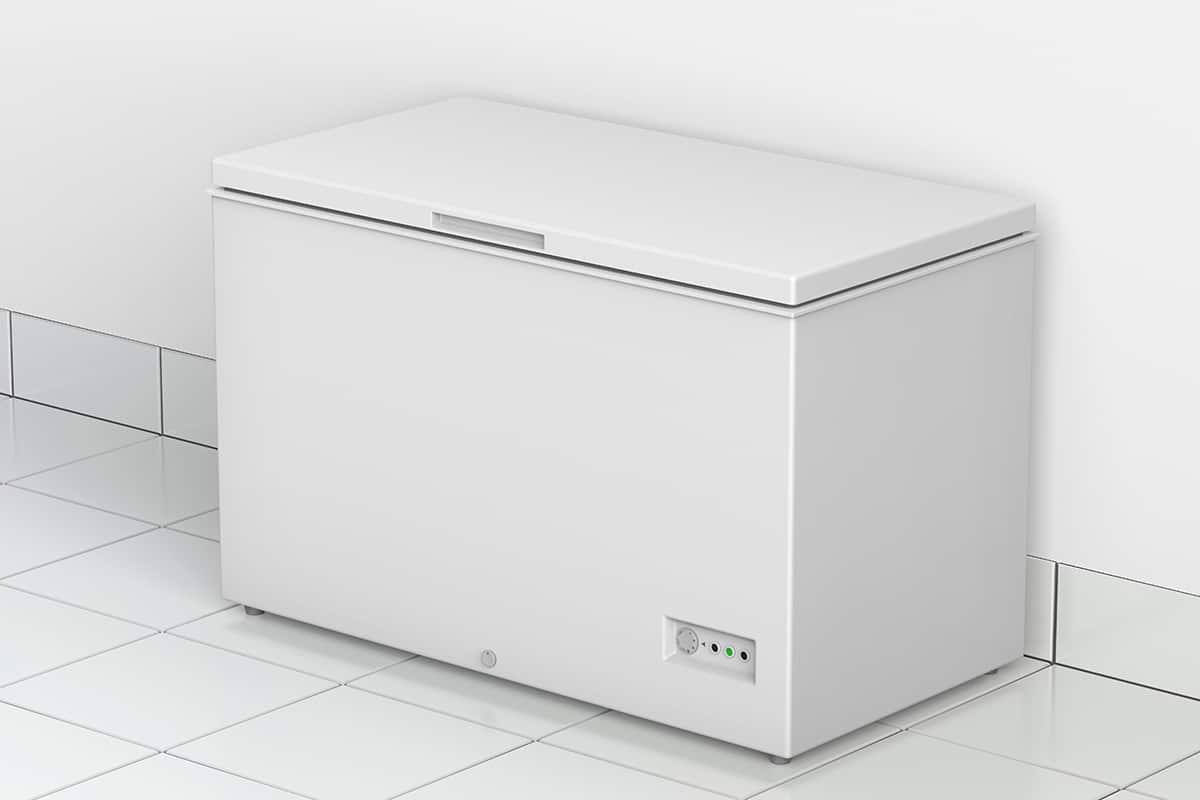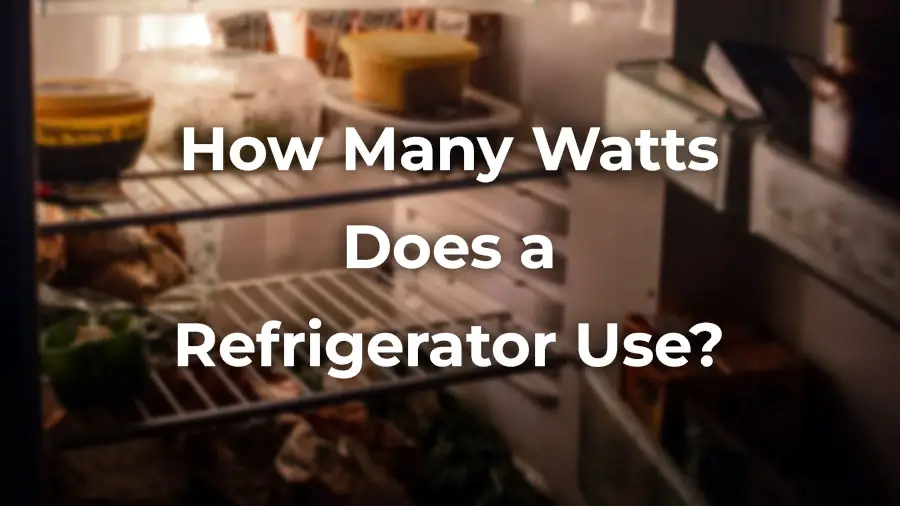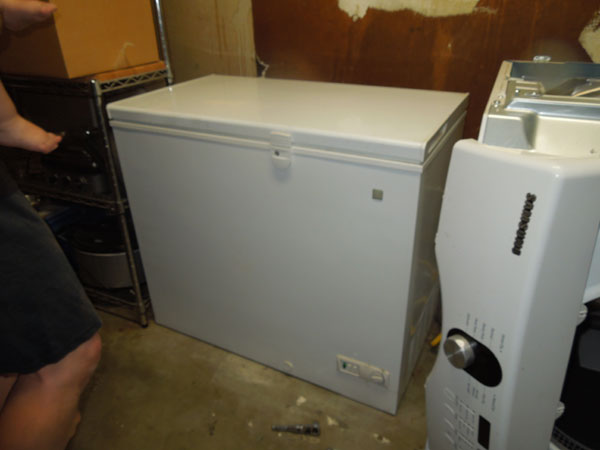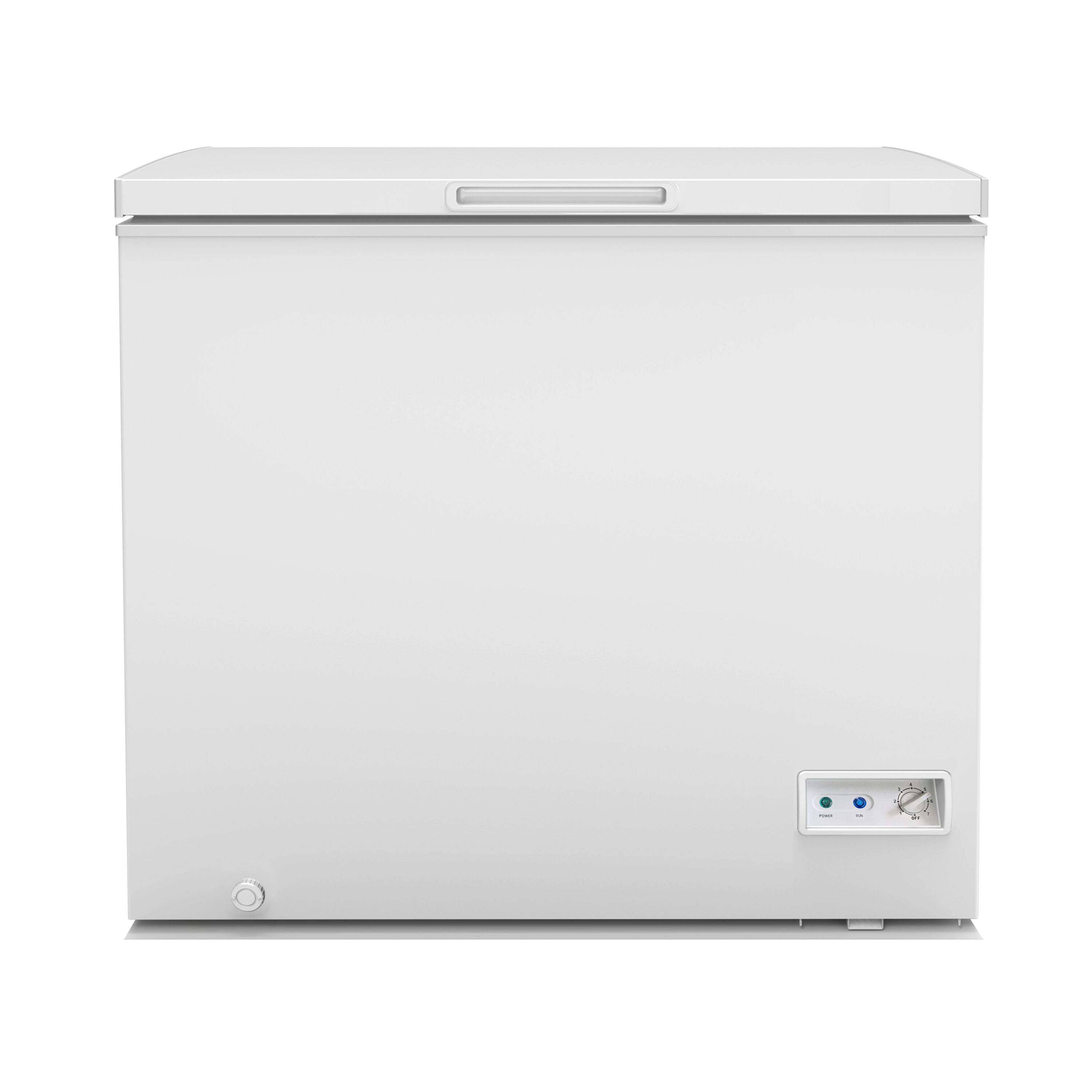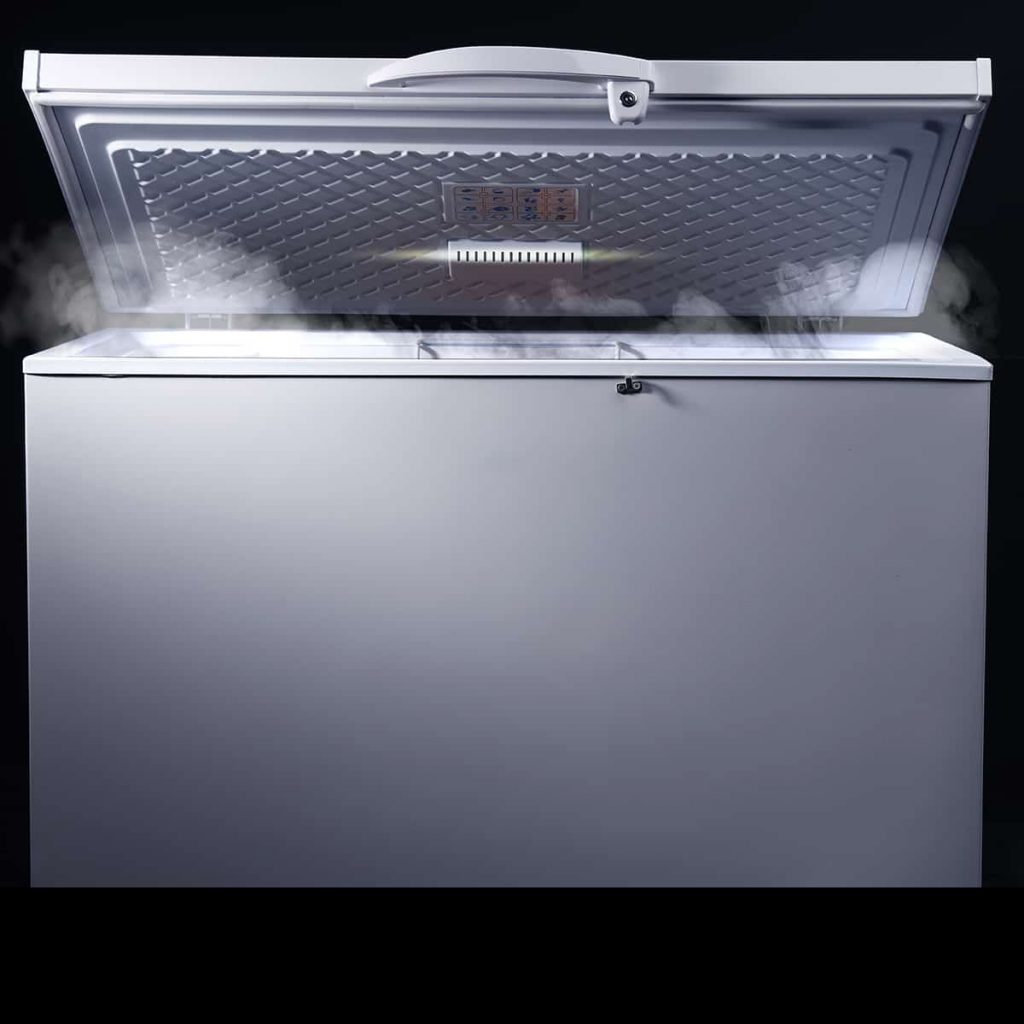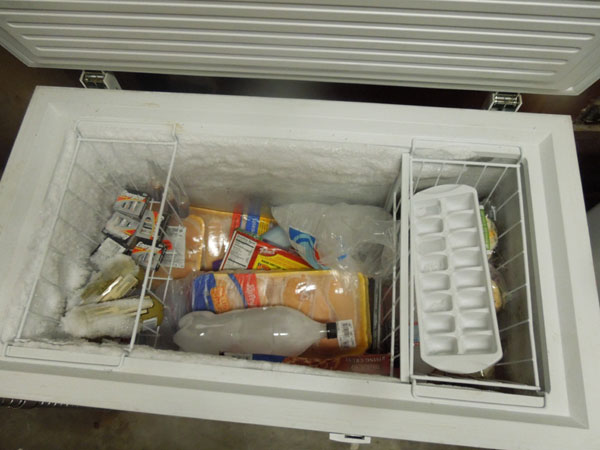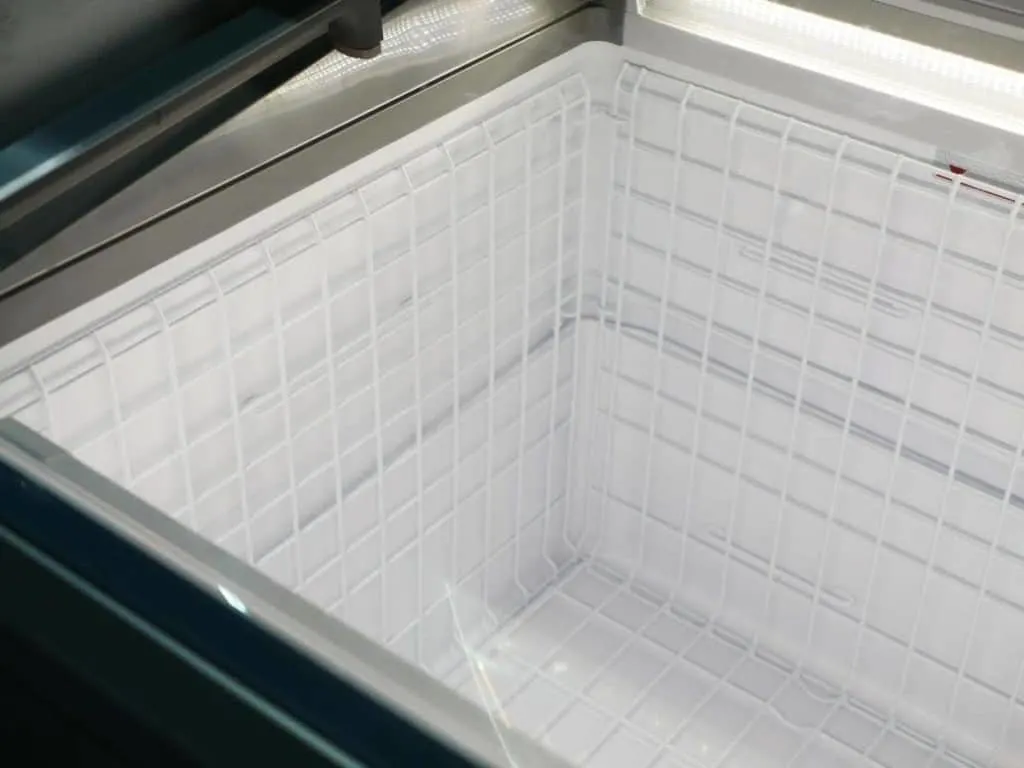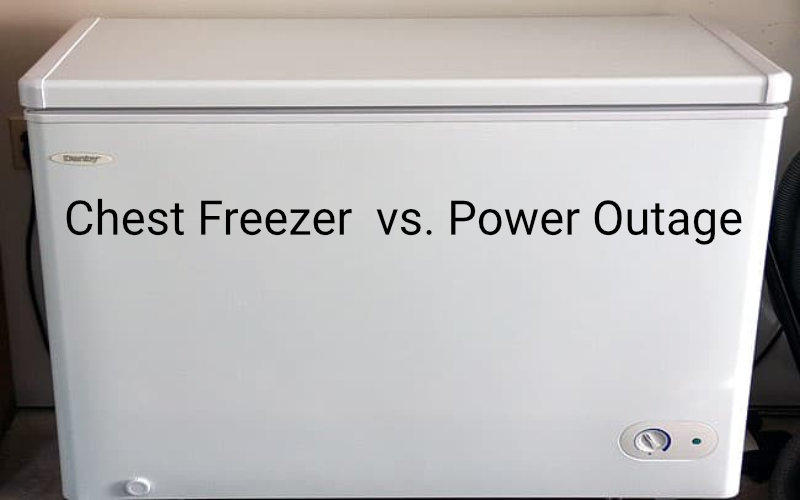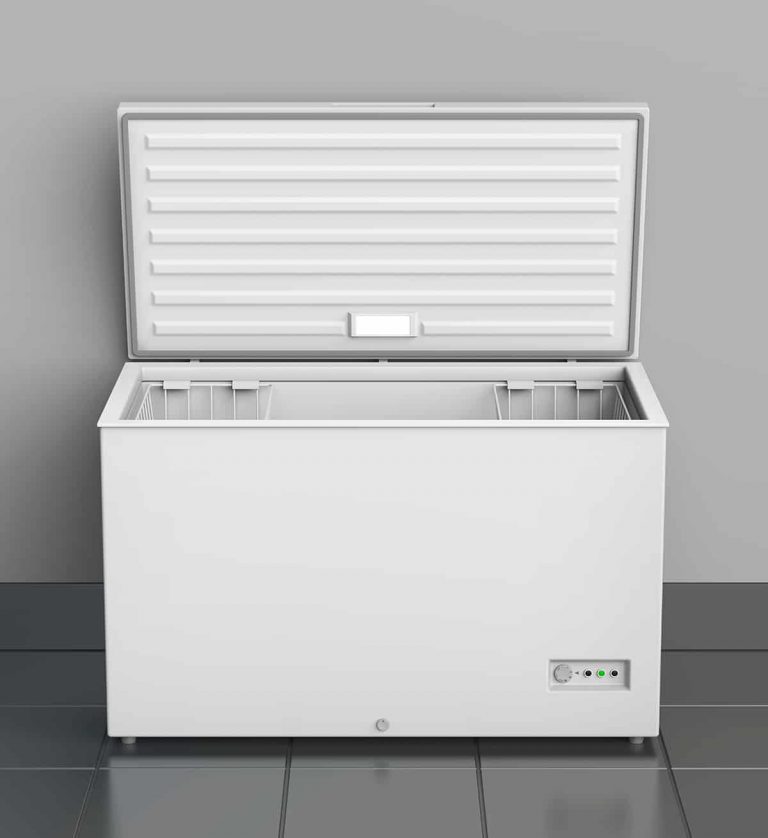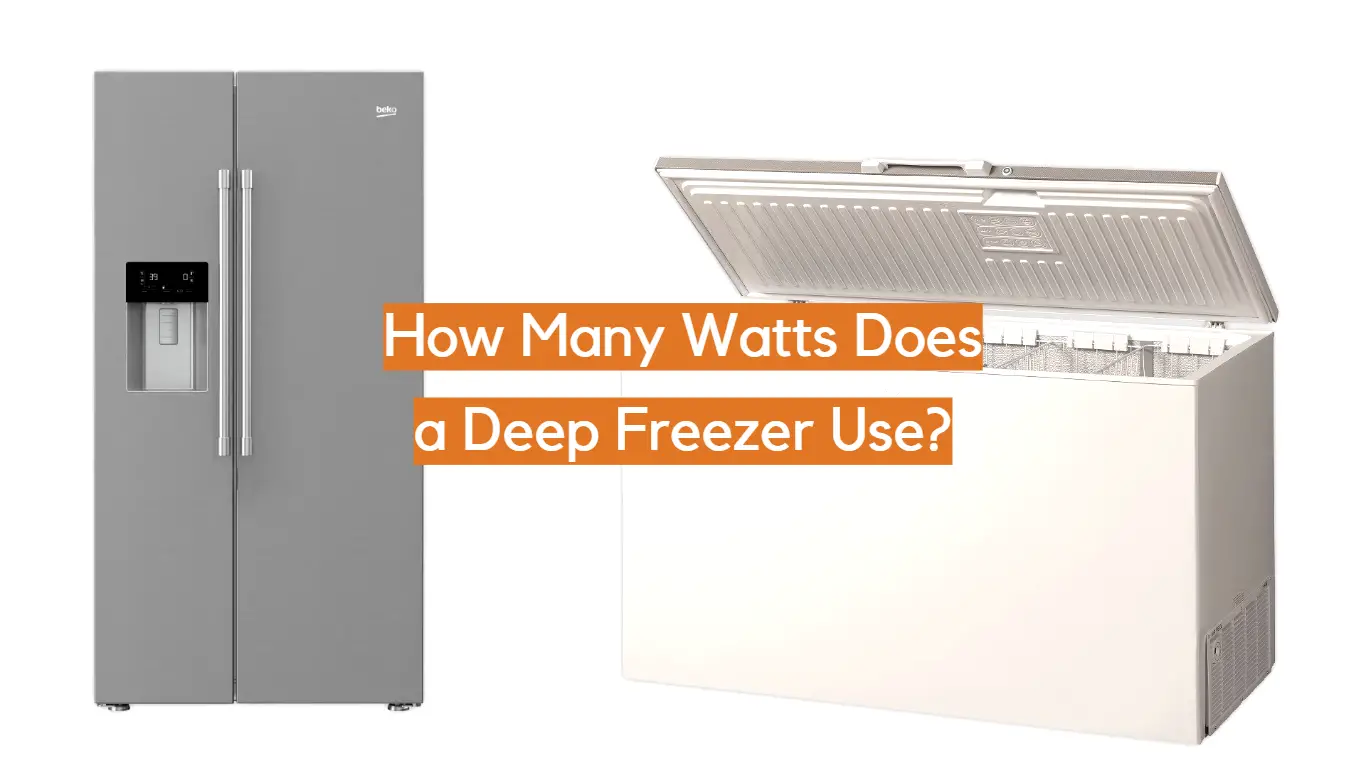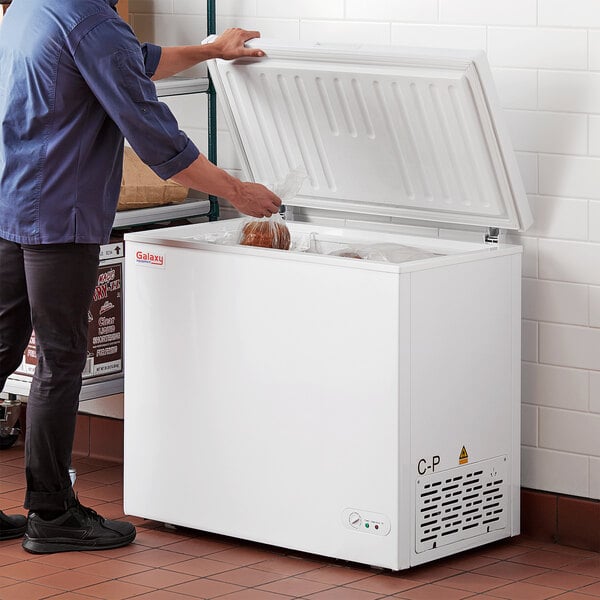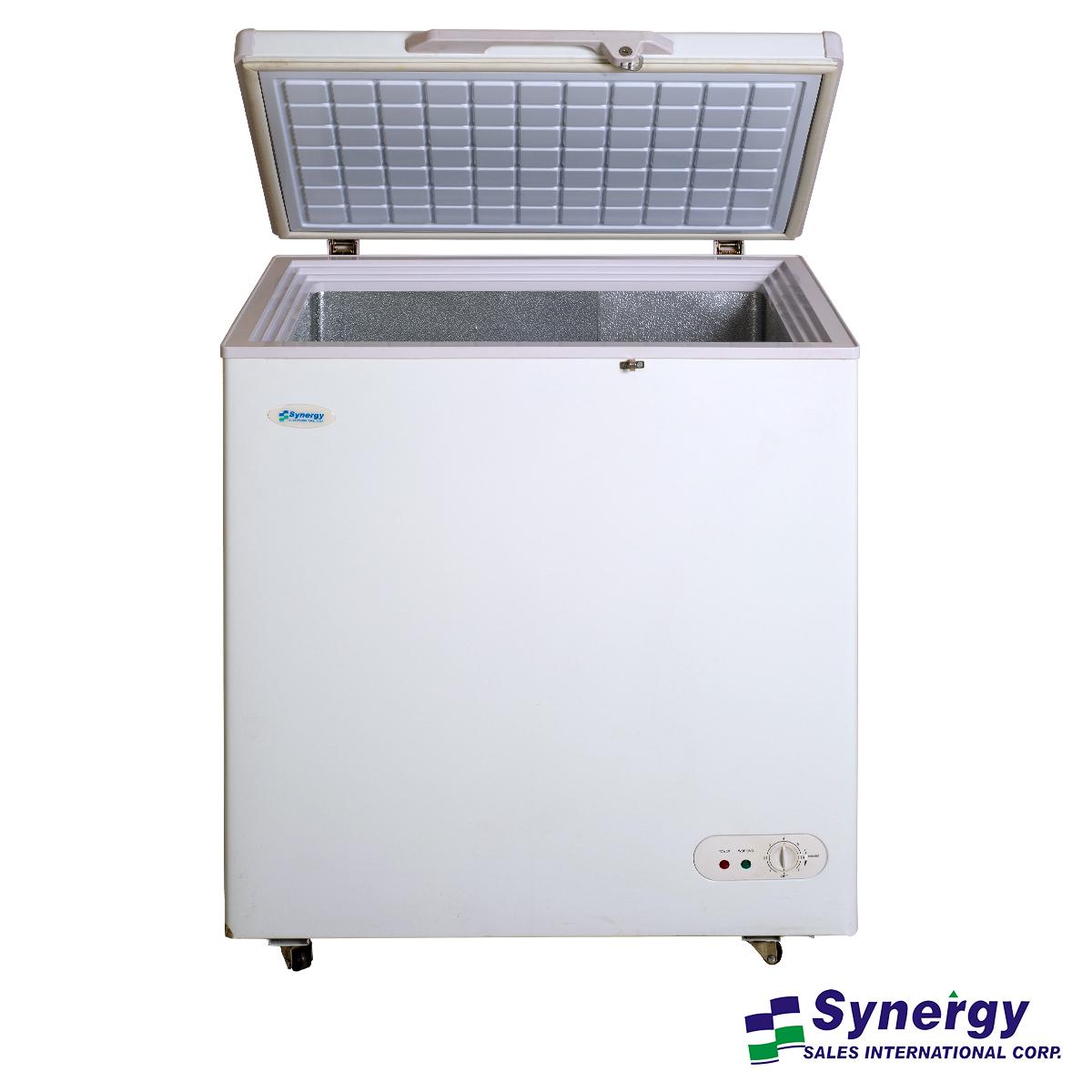How Many Watts Does A Freezer Chest Use

The hum of a freezer chest is a familiar sound in many homes and businesses, a constant presence working to preserve food and prevent waste. But behind that quiet operation lies a question that's increasingly important in an era of rising energy costs and environmental awareness: How much power does that freezer chest actually consume? Understanding the wattage usage of these appliances is crucial for managing electricity bills, making informed purchasing decisions, and minimizing our carbon footprint.
This article delves into the energy consumption of freezer chests, providing a detailed analysis of the factors influencing wattage, typical energy usage ranges, and practical tips for optimizing efficiency. By exploring data from reputable organizations and expert insights, we aim to equip readers with the knowledge needed to make sound choices about their freezer chest usage and contribute to a more sustainable future.
Understanding Freezer Chest Wattage
The wattage of a freezer chest indicates the rate at which it consumes electricity. This is usually expressed in watts (W) and directly impacts the appliance’s energy bill.
Several factors influence a freezer chest’s wattage: its size and capacity, the efficiency rating, the age of the unit, and the ambient temperature of the surrounding environment.
Size and Capacity
Larger freezer chests, naturally, require more power than smaller ones. This is because they have a greater volume to cool and maintain at a consistently low temperature.
According to Energy Star, a smaller chest freezer (around 5-9 cubic feet) may use considerably less wattage than a larger unit (15-20 cubic feet).
This difference can translate to significant cost savings over the lifespan of the appliance.
Energy Efficiency Rating
Energy Star-certified freezer chests are designed to be more energy-efficient than standard models. These models often incorporate better insulation and more efficient compressors, leading to lower wattage consumption.
Look for the Energy Star label when purchasing a new freezer chest to ensure you're selecting a model that minimizes energy waste. Energy Star provides specific data and ratings for different appliances, including freezer chests.
Age of the Unit
Older freezer chests tend to be less energy-efficient than newer models. Technological advancements have led to significant improvements in insulation and compressor design.
If you have an older freezer chest, consider replacing it with a newer, more efficient model to reduce your energy consumption and save money in the long run. Sometimes rebates are available to offset these costs.
Ambient Temperature
The ambient temperature of the room where the freezer chest is located significantly impacts its wattage usage. A freezer chest located in a hot garage will need to work harder to maintain its internal temperature, resulting in higher wattage consumption.
Ideally, freezer chests should be placed in a cool, well-ventilated area to minimize energy waste. Keep away from direct sunlight and heat sources, such as ovens and radiators.
Typical Wattage Ranges
The wattage consumption of a freezer chest can vary widely depending on the factors mentioned above.
A typical range for a small to medium-sized freezer chest is between 100 and 300 watts while running. However, this is only when the compressor is actively cooling.
The running wattage is only part of the equation. The freezer also has a starting wattage or surge wattage that is typically 3x-5x the run wattage.
Freezer chests don't run constantly; the compressor cycles on and off to maintain the desired temperature. This duty cycle is related to energy consumption.
Calculating Energy Consumption and Cost
To estimate the daily energy consumption of your freezer chest, multiply the wattage by the number of hours it runs per day, then divide by 1000 to convert to kilowatt-hours (kWh). (Wattage x Hours of Use) / 1000 = Daily kWh
For example, a 200-watt freezer chest that runs for 12 hours per day would consume 2.4 kWh daily. To estimate the monthly cost, multiply the daily kWh by the number of days in the month and the cost per kWh in your area.
Your local electricity provider's website or bill will provide information on your current cost per kWh. Regular monitoring of your freezer's energy usage can help identify any potential issues or inefficiencies.
Tips for Optimizing Freezer Chest Efficiency
There are several steps you can take to minimize the energy consumption of your freezer chest.
Ensure the freezer is properly sealed by checking the door gasket for any cracks or damage and replacing it if necessary. Avoid overfilling the freezer, as this can restrict airflow and reduce efficiency. However, an empty freezer will use *more* energy.
Regularly defrost your freezer chest, as frost buildup can significantly reduce its efficiency. Maintain the freezer at the optimal temperature; typically 0°F (-18°C).
The Future of Freezer Chest Technology
The development of more energy-efficient freezer chests is an ongoing process. Manufacturers are continually exploring new technologies, such as improved insulation materials, variable-speed compressors, and smart controls, to reduce energy consumption and improve performance.
Expect to see more advancements in freezer chest technology in the coming years, driven by consumer demand for energy-efficient appliances and stricter energy regulations. These innovations will not only save consumers money but also contribute to a more sustainable future by reducing our reliance on fossil fuels.
Ultimately, understanding the wattage usage of your freezer chest empowers you to make informed decisions that benefit both your wallet and the environment. By considering the factors influencing energy consumption and implementing efficiency-enhancing strategies, you can minimize your appliance's impact and contribute to a more sustainable future.
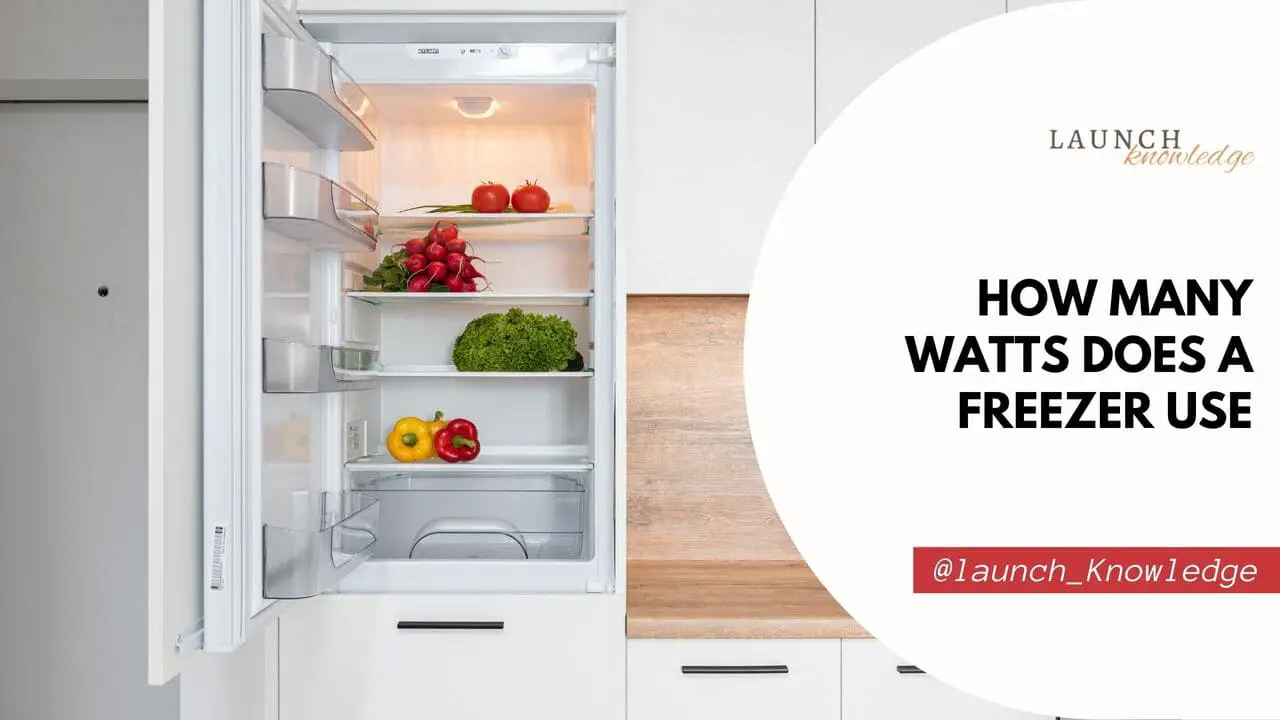


![How Many Watts Does A Freezer Chest Use How Many Amps Does A Freezer Use [Surge, Running, Low Amp]](https://ecocostsavings.com/wp-content/uploads/2022/02/freezer-wattage.jpg)
